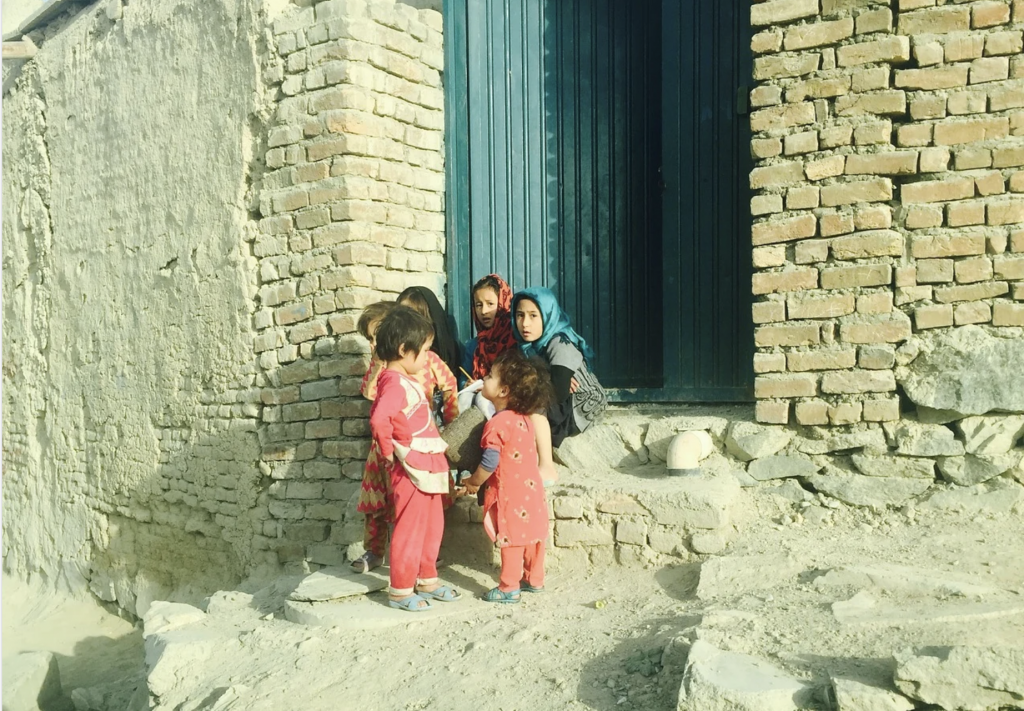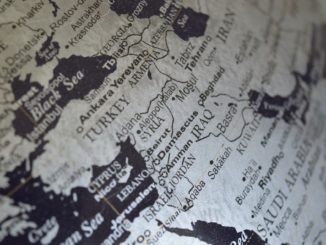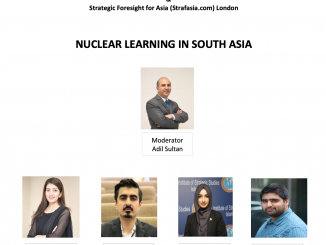
As the Taliban have taken over Afghanistan, with the complete upcoming withdrawal of the US forces on 11th September 2021, the prospect for the expanding Taliban ideology and a probable chaotic scenario for human rights within Afghanistan looms large. Afghanistan is descended into what Antonio Gramsci called a state in which “the old is dying and the new is yet to be born; in this interregnum, a great variety of morbid symptoms appear.” And with the Taliban emerging (again) as symptoms of a failed system, the future of women in Afghanistan is at a critical juncture.
There is no doubt in the fact that Afghan women had to deal with the worst of the violence in a conflictual, patriarchal, and unstable state as they got subjected to gender discrimination, violent misogynist practices and gender biases at the hands of radical groups and men in power. It is, indeed, a complex situation in Afghanistan for women because there are many factors such as religious radicalism, customs, traditions, and social norms that victimize women. Many Afghan women are struggling to reverse this perception as they try to show themselves as not victims. Despite that, women in Afghanistan are experiencing increased violence owing to the same aforementioned factors; women are still perceived as victims, liable. They mostly have no agency, and a patriarchal rigid system is set in place that tries its very best to ensure that they do not get any sort of agency.
And now with the US withdrawal and the Taliban uprising, the situation of women’s rights in Afghanistan may become worse because the US was viewed as an outsider by the Taliban, and they negatively saw its policies as an agenda to modernize or westernize Afghanistan by targeting its cultural traditions and nationalism. This is the prime reason policies or programs benefiting women’s issues have mostly been struggling or were met with resistance.
However, the Taliban political leaders, during their direct talks on withdrawal with the US and involvement in the intra-Afghan peace talks, have proclaimed a serious pragmatic rethinking in their approach towards violence and governance, especially concerning women. They claimed to have adopted a moderate Islamic thought process contrary to what they had in the 1990s when their Islamist rule was encompassed with violence and restrictions on women education and their outside presence without a male companion. For example, in his op-ed in the New York Times, Sirajuddin Haqqani, the deputy leader of the Taliban, explicitly stated that they will have a system where the rights of women are guarded including their right to education.
But the evidence suggests otherwise. The interviews at different newspapers such as The Guardian and VOA with the local residents of the Taliban-controlled territories are claiming that these are the same ‘old’ Taliban and their every bit is as brutal as it was in the 1990s. The Human Rights Watch published a 32-page document that indicated that with the rise of the Taliban, women are more vulnerable to violence and prone to sexual abuse and oppression. The report focuses on the difficulties Afghan women have to face in pursuing justice against those responsible for the violence. Subsequently, many residents of Balkh, a district in northern Balkh province, have confirmed that the Taliban have been distributing leaflets with the same restrictions or orders for women that were imposed in the 1990s: cover themselves from head to toe and do not leave the house without a male counterpart. This is an indication that the Taliban may not allow women to work outside their homes which will force around 30% of female civil servants in Afghanistan out of work.
Furthermore, the United Nations Mission in Afghanistan (UNAMA) reported in its Afghanistan Protection of Civilians in Armed Conflict update that in the first half of 2021, 1,659 civilians were killed and 3,254 were wounded showing a 47% increase as compared to the same period last year. UNAMA stated that the May-June period witnessed more causalities compared with the first four months of the year and women and children made up nearly half of these causalities (46%). It is clear that the rise of the Taliban in the May-June period has come with unprecedented violence against women and children and it is highly likely to be continued this whole year if the situation is not handled properly. However, the fighting may have been erupted due to the offensive Taliban advances but the Taliban were responsible for 39% of the causalities; other responsible elements were different non-state actors and pro-government security forces.
It is apparent that the future of women in Afghanistan is bleak. It is not a new scenario, every year in Afghanistan outrageous cases of violence against women occur. Women and female children are forced to marry, forced to be submissive, forced to kill themselves or be subjected to many other inhumane practices. But the issue is that it is not seen as a crime. Even when such cases become popular, in most cases family privacy or its honor is protected instead of women’s rights. They achieve this honor by killing the woman or forcing her to kill herself. The Afghan Independent Human Rights Commission estimates that 80 per cent of suicide attempts in Afghanistan are by women. Here it must be noticed that many cases go unreported because violence has become so mainstream it has become normalized.
So, for there to be a transformative improvement in women’s rights in Afghanistan, the issue must be catered at the grassroots with a more direct focus on gender relations. To target women’s subordination and vulnerability in Afghanistan, all factors such as outdated/radical social, cultural, and religious norms must be dissected and targeted. Only when ideologies that become a hurdle for women and their liberation are countered with effective policies, awareness and educational initiatives can the women truly enjoy independent survival, better opportunities, and access to resources.
![]()





Be the first to comment